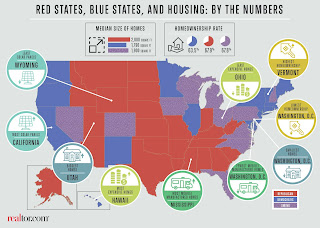Here are 8 facts about Mountain View that you've always been curious about, but never asked - ok, may be you checked before... ;-)
- 573 homes sold - houses, townhouses and condominiums,
- Mountain View’s average home sales price is: $ 1.384 million, roughly 6% over the asking price, and 4.3% over the average sales price of 2015,
- The average time for properties to sell was: 19 days
- Out of those 573 homes, 42% were single family residences. The others were condominiums or townhouses,
- Overwhelmingly, properties sold in Mountain View were 3 bedroom homes (41%). Then in order came the 2 bedrooms (29%) and the 4 bedrooms (18%).
- Nearly half of the homes were between 40 and 70 years old (45%). (13 were over 80 years old, 37 were new or 1 yr old),
- The average size of all these sold Mountain View homes is 1493 sq.ft.
- Half of all the households of Mountain View made over $103k/year and half made under that.
Curious about more info on Google's town? Check out my full neighborhood report.
Curious about your town, in the Silicon Valley? curious about the value of your home? Let me know, I'll do the study.
Thanks for reading!
Francis
Trends: Local prices and graphs.
A worthy local non-profit to remember: Community Services Agency in Mountain View
Card Drawing by Francis
A worthy local non-profit to remember: Community Services Agency in Mountain View
Card Drawing by Francis











